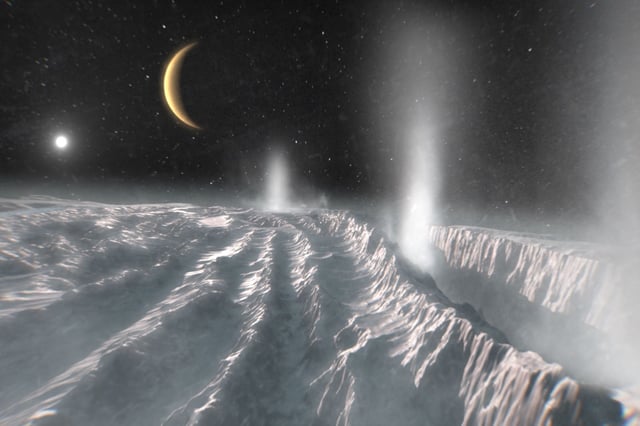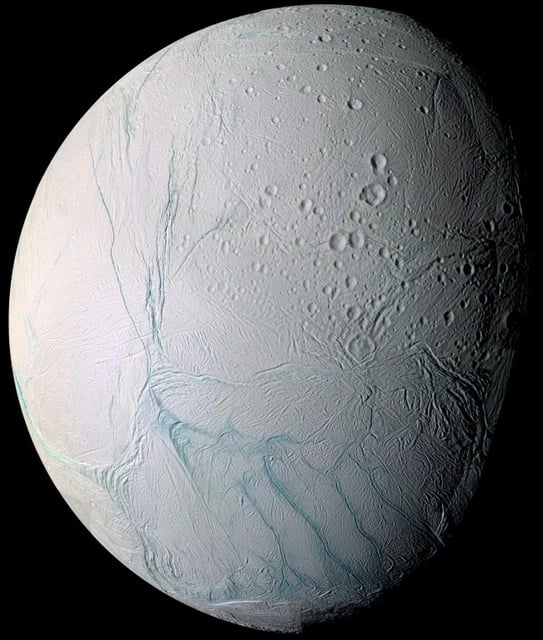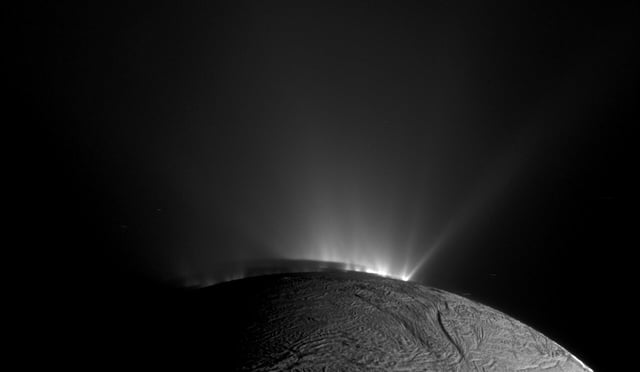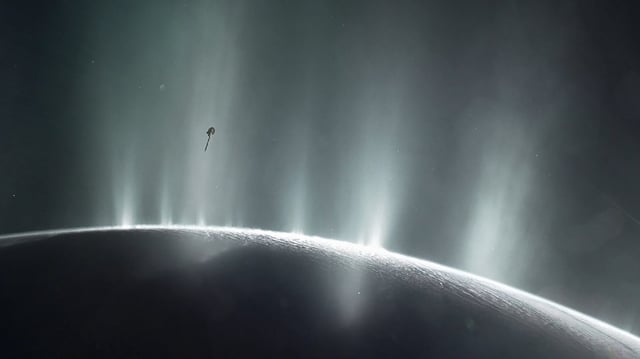Overview
- Published in Nature Astronomy, the study identifies newly detected organic fragments— including aliphatic and cyclic groups, esters/alkenes, ethers, and tentative nitrogen- and oxygen-bearing compounds—inside ice grains ejected minutes before Cassini’s 2008 flythrough.
- High-impact-speed detections at about 18 km/s, validated with lab experiments, reduced masking by clustered water and revealed signals that were hidden in slower E-ring measurements.
- Finding the same organics in fresh grains and in Saturn’s E ring indicates many molecules originate in Enceladus’s subsurface ocean rather than forming through long-term radiation processing.
- Researchers emphasize that the moon’s habitability is not evidence of life, noting that the new chemistry increases potential but does not confirm biology.
- A separate Journal of Geophysical Research: Planets study using DSMC simulations on TACC supercomputers cuts prior plume mass-flow estimates by roughly 20–40% and constrains parameters such as exit temperature, informing future sampling strategies.



